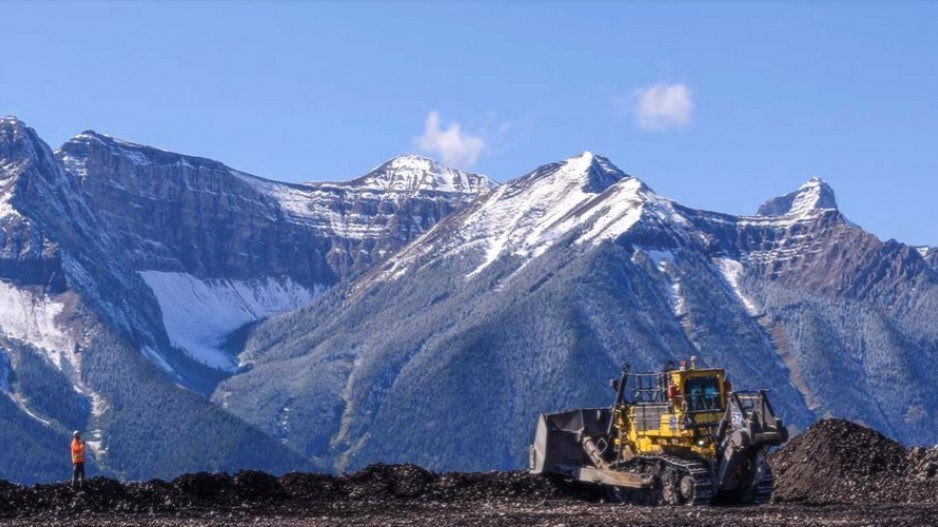British Columbia can still brag about how beautiful it is, but in terms of drawing investment in mineral exploration, it may no longer be as attractive as it once was.
Recent reports offer the mining and exploration sectors some optimism that a four-year-long bear market has ended, although projections are that exploration spending in 2017 will be flat.
Canada has been leading the way in exploration spending, accounting for 14% of the global budget, according to S&P Global’s recent Worldwide Mining Exploration Trends report.
But much of that new spending appears to be going to Ontario, Quebec and mining’s new darling – Saskatchewan. B.C. appears to have fallen out of favour with those holding the exploration purse strings.
Of the investment in exploration in Canada during 2016, 41% was in Ontario and Quebec, with gold exploration accounting for 50%. That is telling, because B.C., not Ontario, is the province with the largest significant gold deposits, according to an SNL Metals & Mining report last year.
That report pegs B.C. as the richest region in the world for initial gold resources, estimating the province’s buried wealth at roughly three or four times the size of Ontario’s – yet more money is being spent on gold exploration in Ontario and Quebec.
That trend is likely driven by big gold miners in Ontario and Quebec like Goldcorp (TSX:G) that are putting most of their exploration dollars into brownfield expansion of mature gold mines in Eastern Canada, while junior miners – the ones responsible for most greenfield exploration – have not yet mobilized. According to the Fraser Institute’s investment attractiveness index, released February 28, Saskatchewan has earned the top spot for exploration investment in the world and B.C. has fallen behind.
B.C. ranked 41st in the world for 2016 in terms of investor confidence, a slight improvement over 2014.
“While other jurisdictions in Canada and around the world have improved their attractiveness to investors, Ontario and B.C. fell this year because these provinces continue to be hampered by uncertainty surrounding land claims,” said Fraser Institute senior policy analyst Taylor Jackson.
B.C. Energy and Mines Minister Bill Bennett pointed out last week that the Fraser Institute report is a “perception” survey of mining executives and is not based on how much money is being spent.
He said it was important to acknowledge the negative perception but added the “proof was in the pudding,” and pointed to seven new mines permitted since 2011, two of which are under construction, and nine mine expansions.
“They put Manitoba higher than us,” Bennett said. “I don’t know that there was any exploration in Manitoba last year. We had exploration investment in B.C. that was 10 times higher last year than when I was first elected in 2001.”
Within the mining sector, exploration spending is the first thing to get cut when commodity prices crash and investors pull in their horns.
For exploration budgets, early 2016 was a low-water mark, with the tide starting to rise by mid-year, according to S&P Global. Worldwide spending on exploration in 2016 was down 21% compared with 2015, falling to US$6.9 billion. (In 2012, exploration spending hit a record US$21.5 billion.)
But the mining sector saw “a significant mid-year shift in sentiment,” and junior exploration companies “have increasingly been able to raise funds,” the report states.
A price recovery has investors like Goldman Sachs bullish once more about key commodities such as iron ore, copper and metallurgical coal.
Scotiabank is forecasting supply deficits and modest price increases over the next two years for copper, nickel and zinc. It forecasts metallurgical coal prices will be near $180 per tonne this year and $120 per tonne in 2018.
In terms of “national targets,” Canada and Australia were the top two regions for exploration investment in 2016, according to S&P. Canada’s share of the global exploration investment was 14%; Australia’s was 13%.
While the B.C. government has introduced spending and measures that may go some way to making B.C. seem more attractive to junior exploration companies, it is also tightening its regulatory oversight, which means additional costs and regulations.
The 2017 budget includes $10 million for Geoscience BC over two years to help support mineral, coal, and oil and gas exploration investment in the province. It is also cutting the PST on electricity in half, which is good for an energy-intensive sector like mining, and adding a new tax rule that will allow mining companies to deduct expenses incurred in community engagement, which in B.C. can be considerable.
But it is also boosting the budget of the Ministry of Energy and Mines and Responsible for Core Review by $18 million over three years to add staff for permitting and enforcement, and has also introduced a number of new regulations – a direct result of the Mount Polley tailings pond collapse – all of which will add to the regulatory burden in B.C.•




